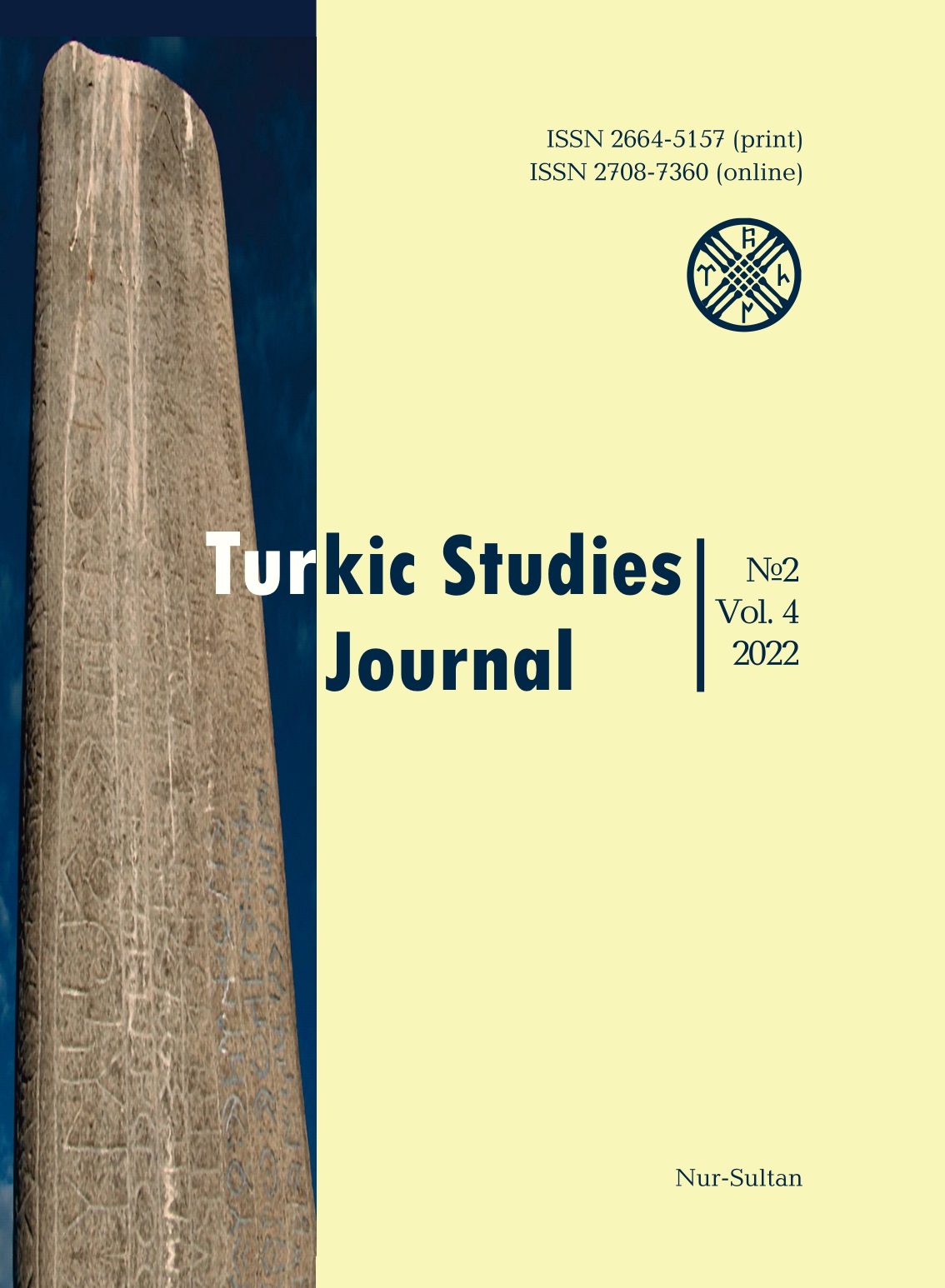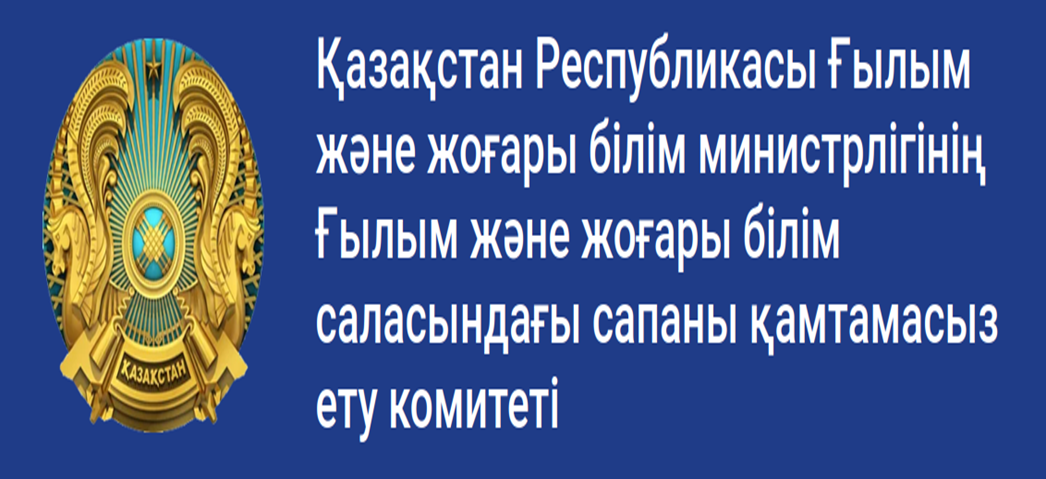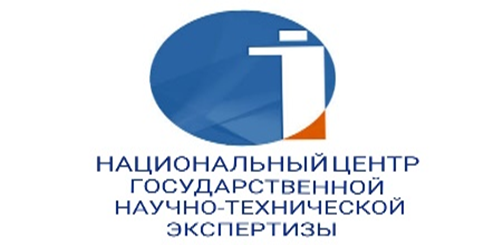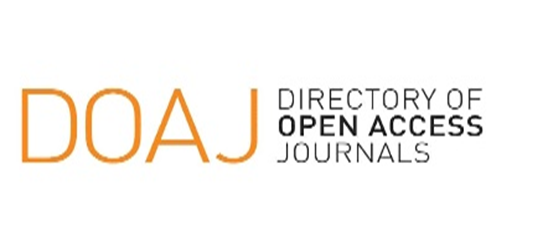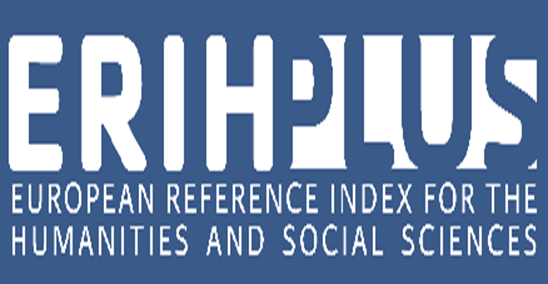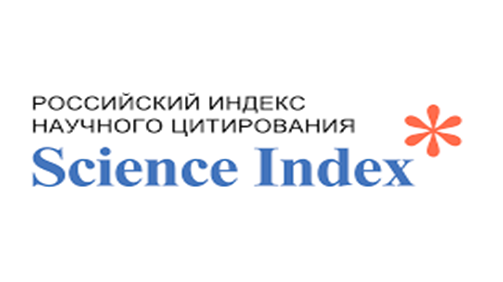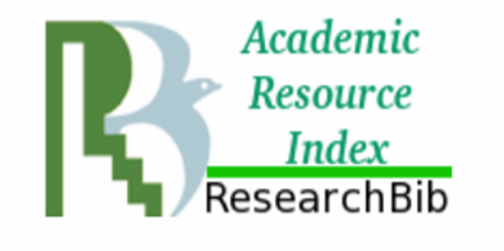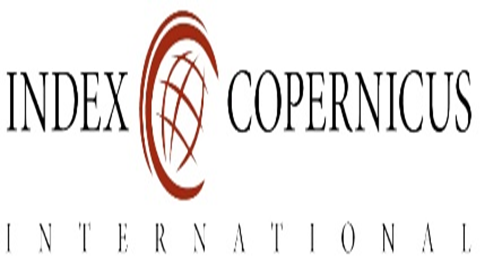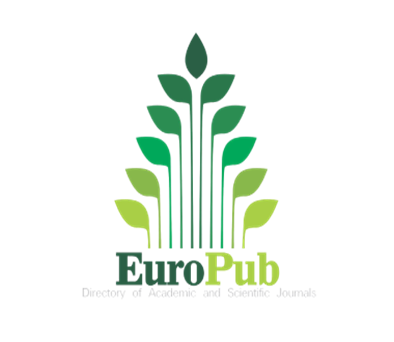Confessional policy of the Russian Empire in the western part of Kazakhstan (mid XIX – early XX centuries)
Views: 277 / PDF downloads: 277
DOI:
https://doi.org/10.32523/2664-5157-2022-2-86-95Keywords:
Islam, the Russian Empire, Muslims, West Kazakhstan region, junior zhuz, mullahs, confessional religious policyAbstract
Undoubtedly, the western region of Kazakhstan is unique and strategically
important compared to other regions. First of all, the influence of the Kazan
and Ufa madrassas, the largest Muslim centers in the region due to their
geographical location, and the international nature of the Jadid movement,
and secondly, the richness of archival data and the independence of religious
representatives from the region should be accentuated. At the same time, the
Muslim influence of Tatar mullahs’ activeness in the region weakened, and the
number of educated Kazakh clerics increased, who, in their turn, joined forces
with the Alash intelligentsia to intensify the struggle for national liberation.
The western region of Kazakhstan has long been distinguished by its close
historical and cultural ties with Volga Bulgaria, the Caucasus, the Black Sea
and developed Muslim centers such as Iran and Khorezm. Especially in the late
XVIII-XIX centuries cultural ties with the Volga-Ural region intensified as the
Kazakhs of Junior Zhuz became Russian citizens and further integrated into
the Empire. In other words, favorable historical conditions have been created
in this region for the rapid development of Islam. Therefore, the geographical
scope of the topic is based on the western regions of Kazakhstan.

